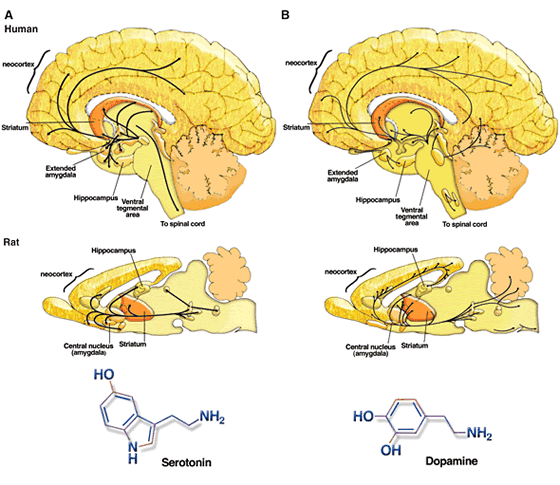http://www.youtube.com/watch?v=WUax6vEEdac
What technical and symbolic codes are used and for what reason?
Icons: set the scenes and the different notions that surround the Olympic games; the Olympic rings, the clips of part of many races and events. Israel held its first Olympic games in 1972, this was a very important time for everyone in the world and the uniform, strict rules within the accomodations reflected its importance. To show the world that Israel ran this Olympic games, everything was the colours of their flag: blue and white. All the workers and volunteers were dressed in a uniform that emphasised the idea that the Olympics was something that everyone needed to take seriously.
Setting: used to inform the audience about the time and what an important event it was and how its brought the whole world together. The setting was obviously in Israel, which allowed the audience to know where this important moment was coming from. The setting is also used to tell the audience about the disaster that occured at this time, the horrific images that appared, proved how bad the terrorist attack was. The darkness of the documentary portrayed to the audience that it was a dark and terrible time for everyone there, and positioned the audience to feel sympathy for what happened. However, it wasn't always dark and terrible, the begining lead the audience to believe that it was to be about the Olympics only and not what awful things that surrounded it.
The interviews of some of the victims and some of the victims families were shot mainly in darkness of just as a voice over, showing the gruesome pictures as they spoke, proviking the audience to feel angry towards the terrorist and sympathy for who died.
Sound: used for the audience to hear the noises that the victims would of heard at the time, to again emphasise the pain they went through. The voices that were used as voice overs for many of the interviews, were so that they were unrecognisable to the rest of world, making the attack feel even more terrorising becuase even now they are still hiding themselves.
What documentary techniques does the director use and for what reason?
Expository- this is done through lots of archive footage to illistrate the message the director was trying to send. The footage was mainly of the Olympic games itself, the athletes coming into the statium, the flags, the different events taking place etc. first of all. Then the archive footage of the terrorist attack, the kiddnaping of the athletes and the gruesome images after they had killed them. The narration was over the top of these images and archive footage, so that the 'God-like' voice over can tell the story. The voice came from a news reporter at the time. The 'talking head' of the victims and the victims families helped explain the story, which gave the audience a better understanding of the trauma they went through.
The different images, were put together in a sequence to help put the story together; the images if news paper headlines were used to help illistrate how bad these events were.
Going towards observational showed many hand held cameras, told us another story. The story became a little more real as the audience saw the camera move because a terrorist was looking their way, or the feeling of the camera man being frustrated at the situation; wanting to know whats going on.
Who was the target audience and what were the audience appeals?
The audience of this documentary was to the majority of the population; as this was an horrific time and it must have been shown on the news around the time and because the Olympic games means a lot to most people, everywhere. This was told in a lot of detail, meaning that the audience must have been wide because it explained it for the people that wasnt around at the time or wasnt totally aware of the situation. The constant horrific images and archive footage, alllowed the audience to immediately be interested and wanting to know what was going to happen.
Dicuss the notions of realism and objectivity and subjectivity:
Realism- This documentary has many realistic moments within it, the footage and flashing images show the events that would normally happen at the Olympics and then the events that occurd during the attack. The interviews deffinitley showed the most realistic parts of the documentary, because the story is coming from people that were actually there and people that had family members that were involved. Although, the voices wern't their voices, showed realism slipping away.



























